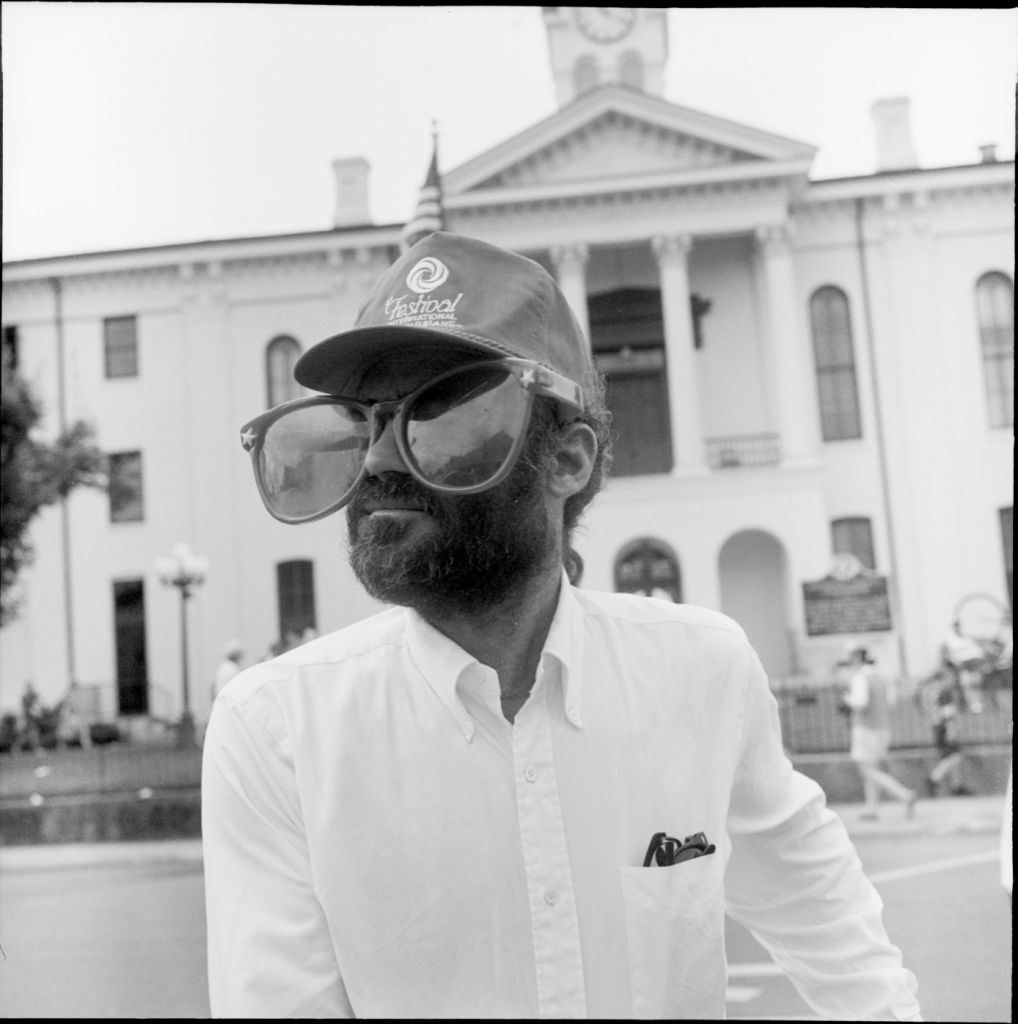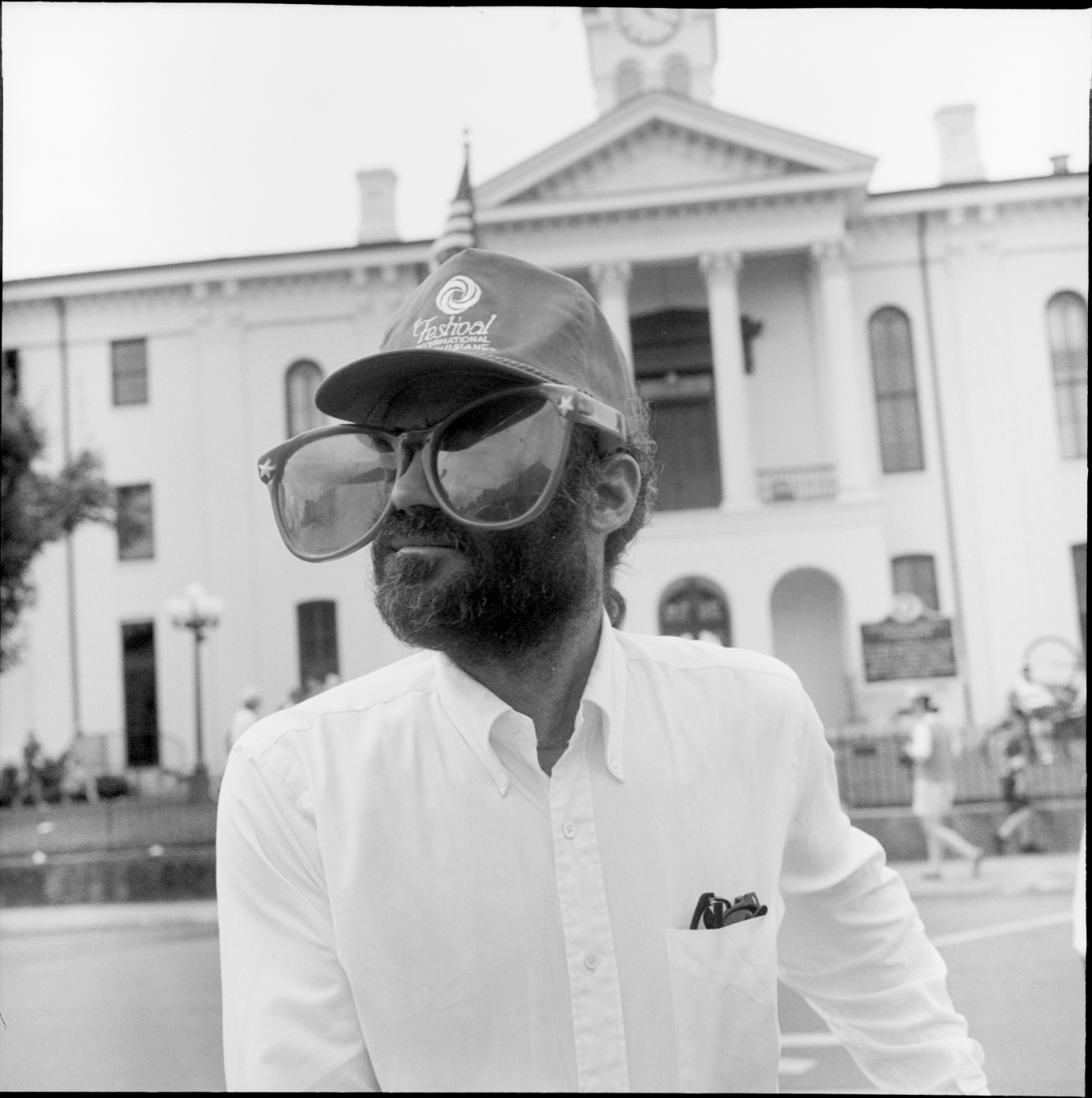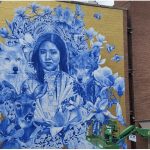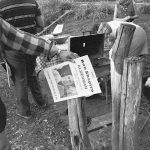Everybody seems to have a Ronzo story: a memory or testimony of how he influenced his or her life, showed them something for the first time, or turned their head in a new direction through his vision of art and community.
My first time at the Hoka was in the early 80s when I was living in Jackson and came to Oxford for the weekend. I recall that night fully — where we sat, meeting Ronzo, the coffee, all of it. It was the first of many Hoka nights and memories, and I never hear reggae without thinking of Ron Shapiro.

The Hoka was Ron’s grandest creation. The Hoka stood as the arts center of Oxford before there was an active local arts council, a Center for the Study of Southern Culture, a Square Books. The Hoka was the coffee house long before the coffee craze, the only place in Oxford you could order a bagel and cream cheese (maybe the only place that knew what “bagel” meant). Films from across time and across the globe were the main course in the theater, and Ronzo gradually, regularly educated a community on the diversity of aesthetics and expression through his Hoka creation.
Looking back on the Hoka years, it was just as valuable for what it represented as for what it showed and programmed. The place bore witness to the value of art in many manifestations. The Hoka had the power of a big tent that welcomed everyone from everywhere, a place committed tolerance and humor, seriousness and fun, freedom and cultural critique, a shelter from any storm. Ronzo once referred to it as a “mini-United Nations,” parting the curtain to reveal his grand mission.
In 1994, Ron launched his now-infamous campaign for the Oxford Board of Alderman, the “throw the rascals in” movement. Ron was very serious about his campaign, yet I always wondered if he really could tolerate the machinations of city governance if elected. Regardless, as with so many of his efforts, he recognized the changing cultural and political landscape in Oxford and knew it was time for different leadership that understood the intersection of commerce, art, and local culture.
Lisa and Richard Howorth hosted a campaign event for Ronzo. We moved grills to the sidewalk for chicken, fed children hotdogs and quenched our thirsts from well-filled coolers. Ron, dressed in all white and looking less a ‘rascal’ than combination circus maestro and reverent idealist, gave a short speech outlining his platform. His message was an intuitive aspiration that Oxford be a place where music, literature and art were central, where the local folks could continue to model the power of experimentation, of trying things that crossed the lines and ignored the lanes.
Whether intentionally or not, Ronzo always urged the value of turning away from convention, not merely for the sake of being different but instead for the value inherent in new ideas of expression, new ways of knowing.
His ideas were always in season, never stale. Barbara Mandrell sang about being “country when country wasn’t cool;” if she sang about Ronzo, she’d have said he was “cool way before cool was cool.” The coolness and soulfulness seemed natural for Ron. He was our Minister of Culture, Goodness and Compassion, asking for nothing in return for always being on the job except a permanent place on every guest list.
Ubiquitous throughout the town, he was at every conference, Square Books reading and concert. I marveled at how much he took in, from the Delta to Jackson, from Memphis to Oxford to New Orleans. He always understood more than the rest of us that there was a better side to life: to the day, to the heart, and thankfully, his knowing and optimistic striving was forever contagious.
I loved returning to Oxford and finding him in the early hours at Bottletree Bakery, picking up where we left off, hearing about his next act, always a new plan. It goes for Oxford and all of us who knew him that he left us better than he found us. I can’t think of a better measurement for a life, a greater mark to leave.
Tom Rankin is a professor of the practice of art at Duke University where he directs the MFA in Experimental and Documentary Arts Program. From 1988-1992 he taught at Delta State University where he was also chair of the department of art. From 1992-1998, he was associate professor of art and Southern studies at the University of Mississippi.
















